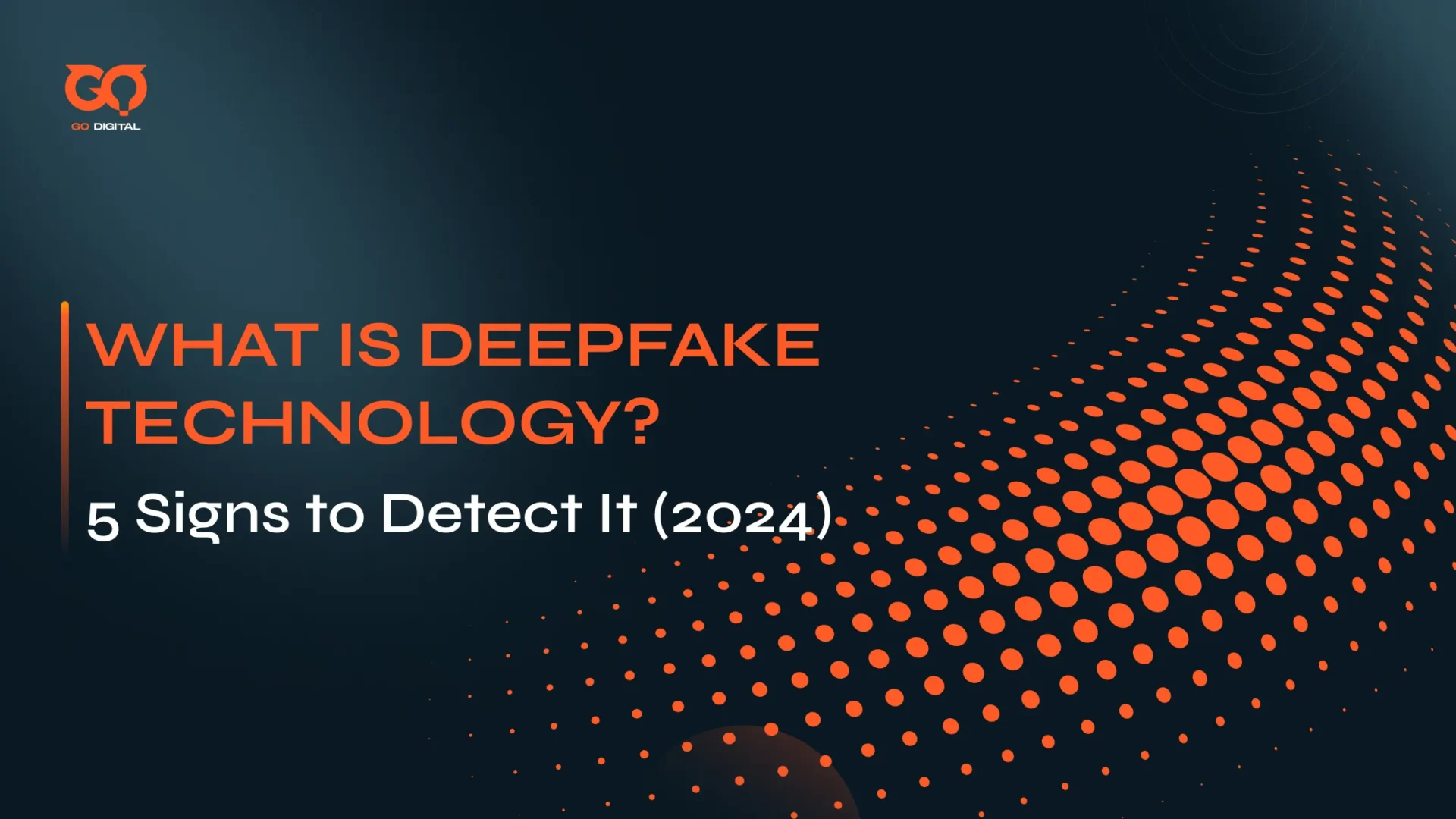“Can you really trust what you see?”
In an age where technology is blurring the lines between reality and illusion, the rise of deepfake technology makes this question more pressing than ever. Check out these numbers from MarketsandMarkets:
- The market value of deepfake technology is expected to grow from about $564 million in 2024 to $5,134 million by 2030.
- The CAGR (Compound Annual Growth Rate) is projected at an impressive 44.5% from 2024 to 2030.
Deepfake technology is growing rapidly and is being applied in many areas. It offers practical uses in fields like entertainment, education, and marketing. However, while deepfake technology can provide some exciting benefits, it also poses significant risks that we need to be aware of.
In this blog, you will learn about:
- What deepfake is, is it illegal and its real-life applications
- How can you spot deep fakes
- The potential benefits and ethical concerns surrounding this technology
Let’s dive in!
What is Deepfake Technology?
Deepfake is a term that combines “deep learning” and “fake.” It refers to a method of creating “fake but seems to be so real” images, videos, and audio recordings.
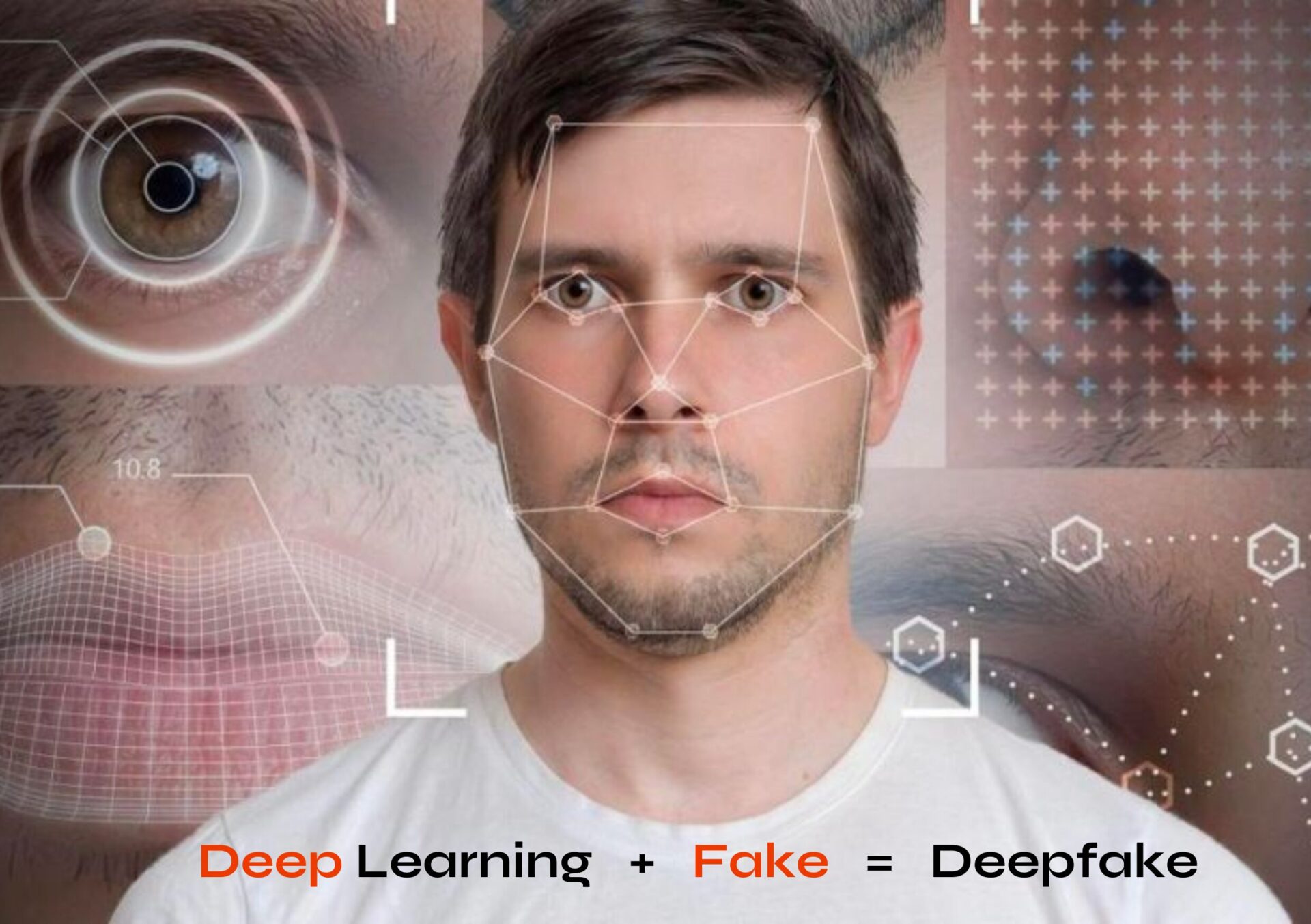
The way deepfake technology works is closely tied to how AI (artificial intelligence) learns. AI analyzes existing content to generate something new, just like deepfake technology can completely replace the face of person A with the face of person B using existing source content.
| This means, deepfake can create entirely new videos where someone appears to be doing or saying something they actually didn’t do or say. |
Thanks to this capability, deepfake technology can unlock endless creative possibilities. However, many people raise concerns about its legality. Let’s investigate some potential uses of it before answering the question of whether deepfakes are illegal or not.
Potential Uses of Deepfake Technology
Despite the controversies surrounding this technology, we can’t overlook the incredible applications it offers in various fields.
Here are 3 potential uses of deepfake technology:
1. Entertainment and Media
Deepfake technology is becoming a valuable tool in entertainment and media, bringing fresh ideas that boost creativity and offer audiences richer, more engaging experiences.
Deepfake technology is becoming a valuable tool in entertainment and media, allowing creators to explore fresh ideas that boost creativity and achieve what once seemed impossible, offering audiences richer, more engaging experiences.
- Filmmakers can use deepfake to create realistic effects, such as de-aging actors or bringing back deceased performers for cameos. This enhances storytelling and evokes nostalgia, helping viewers connect with their favorite characters.
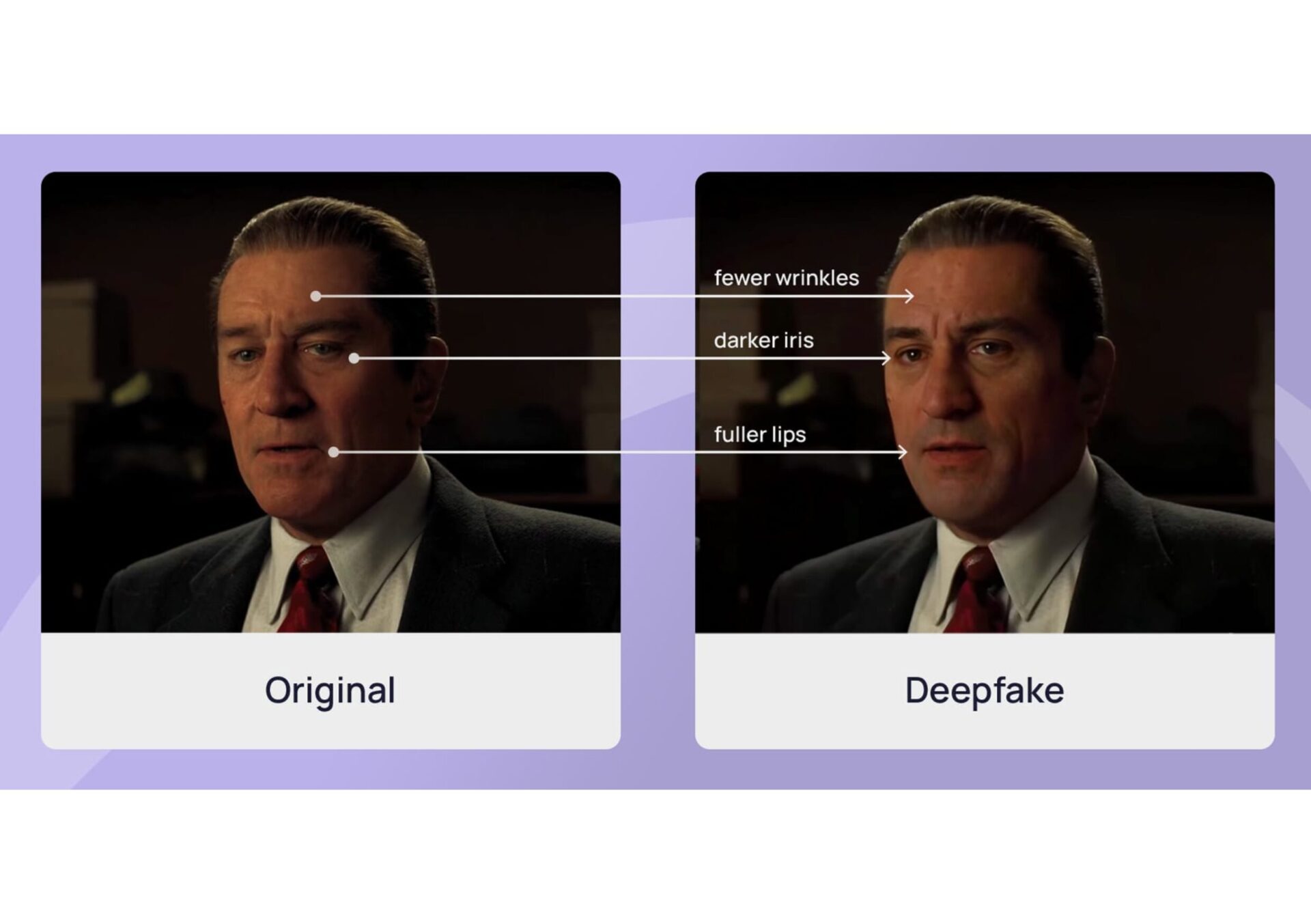
- In television, deepfake technology allows for engaging promotional content where characters can interact with the audience or speak directly to them,making the viewing experience more interactive and fun.
- In gaming, deepfake technology creates personalized avatars that resemble players and enables non-playable characters (NPCs) to respond to players in real time, making the gaming experience feel more alive.
2. Education and Training
Deepfake technology is transforming education and training by bridging the gap between theoretical knowledge and practical experience:
- Medical students can practice their skills on lifelike patient avatars without any risk. This helps them build confidence and skills in diagnosing patients.
- Deepfake technology can revive historical figures and artifacts, allowing students to “interview” famous leaders and explore their stories firsthand.
- In the workplace, deepfake creates engaging training scenarios, providing employees with realistic challenges that enhance learning and cater to their individual needs.
3. Digital Marketing
Deepfake technology gives marketers the chance to create personalized advertising campaigns that truly connect with audiences on a deeper level.
By using deepfake, brands can overlay celebrity faces or popular influencers onto their products, crafting eye-catching ads that increase engagement and boost conversion rates.
Additionally, deepfake technology allows for personalized marketing experiences. For instance, potential customers can see themselves in promotional videos or ads, making the content more relatable and memorable.
As deepfake technology becomes a powerful AI lead generation tool, it raises important ethical concerns. Marketers must navigate transparency and consent to maintain consumer trust. Understanding these issues is essential. Let’s explore these critical ethical considerations further!
Is Deepfake Illegal?
The legality of deepfake technology is a tricky topic and often depends on how it’s used. While deepfake can be entertaining and useful, they can also be illegal if used to deceive or harm others.
Some countries have strict rules against the use of deepfake, while others are still figuring out how to handle this technology.
- China has enforced strict regulations on deepfake technology, requiring clear labeling of all deepfake content and banning its use in political contexts to prevent misinformation.
- Australia is reviewing its laws to tackle challenges from deepfake, potentially adding provisions for creating and distributing harmful content.
- In the U.S., several states have enacted laws against the malicious use of deepfake. For instance, California has laws against the malicious use of deepfake, prohibiting their use to harm or defraud others, particularly in elections and pornography.
- The EU has proposed the Digital Services Act, which aims to tackle harmful content online, including deepfake. The legislation seeks to hold platforms accountable for the spread of manipulated media and enhance transparency.
It’s essential to be aware of local laws and understand the implications of using deepfake content. Always consider how your use of deepfake might be viewed legally.
5 Ways to Spot Deepfake Creation
As deepfake technology gets smarter, it’s more important than ever to identify manipulated content. With just a little attention, you can learn how to tell the difference between reality and clever tricks. Here are five effective ways to spot deepfake creations and stay one step ahead!
1. Unnatural Facial and Body Movement
When watching a video, pay attention to the person’s facial and body movements. Deepfake often shows strange or awkward motions. If the expressions look off or the body language feels unnatural, it could be a deepfake. Although technology has advanced, it still struggles to replicate the smooth, natural movements of real people.
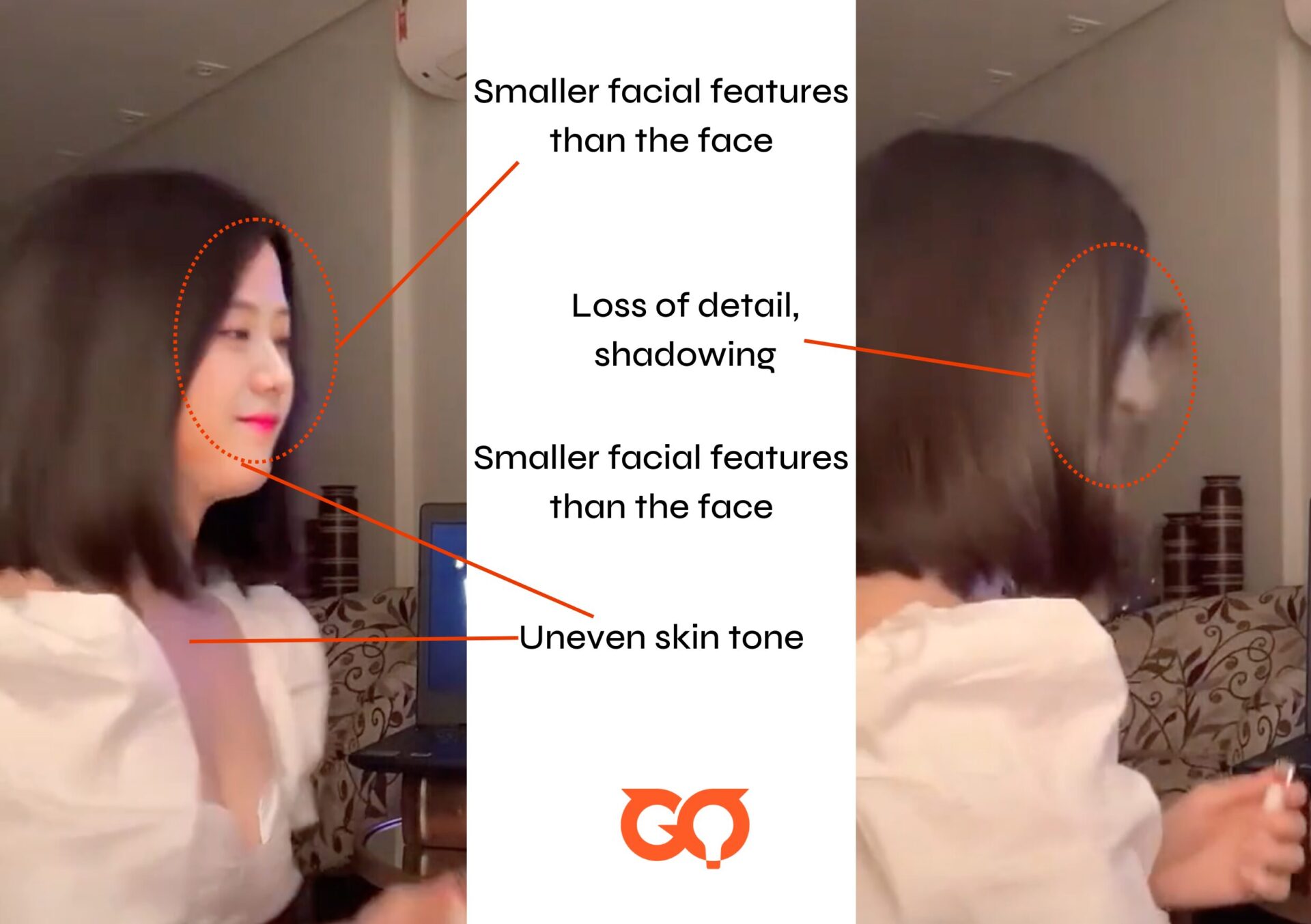
2. Inconsistent Lighting and Shadows
The lighting in the video can reveal a lot of useful information. If the light on the person’s face doesn’t match the background or seems inconsistent, it could be a sign of a deepfake. Shadows should also align correctly with the light source. If they don’t, that’s a clue that the video might have been altered.
3. Poor Image Quality
If parts of the video look blurry or pixelated while others are clear, it might be manipulated. Authentic videos usually have consistent quality throughout, so be on the lookout for these differences.
4. Audio Mismatch with Visuals
Listen carefully to the audio. If the words don’t match the lip movements or if the voice sounds unnatural, it might be a deepfake. A real person’s speech syncs perfectly with their actions, so any differences should make you suspicious.
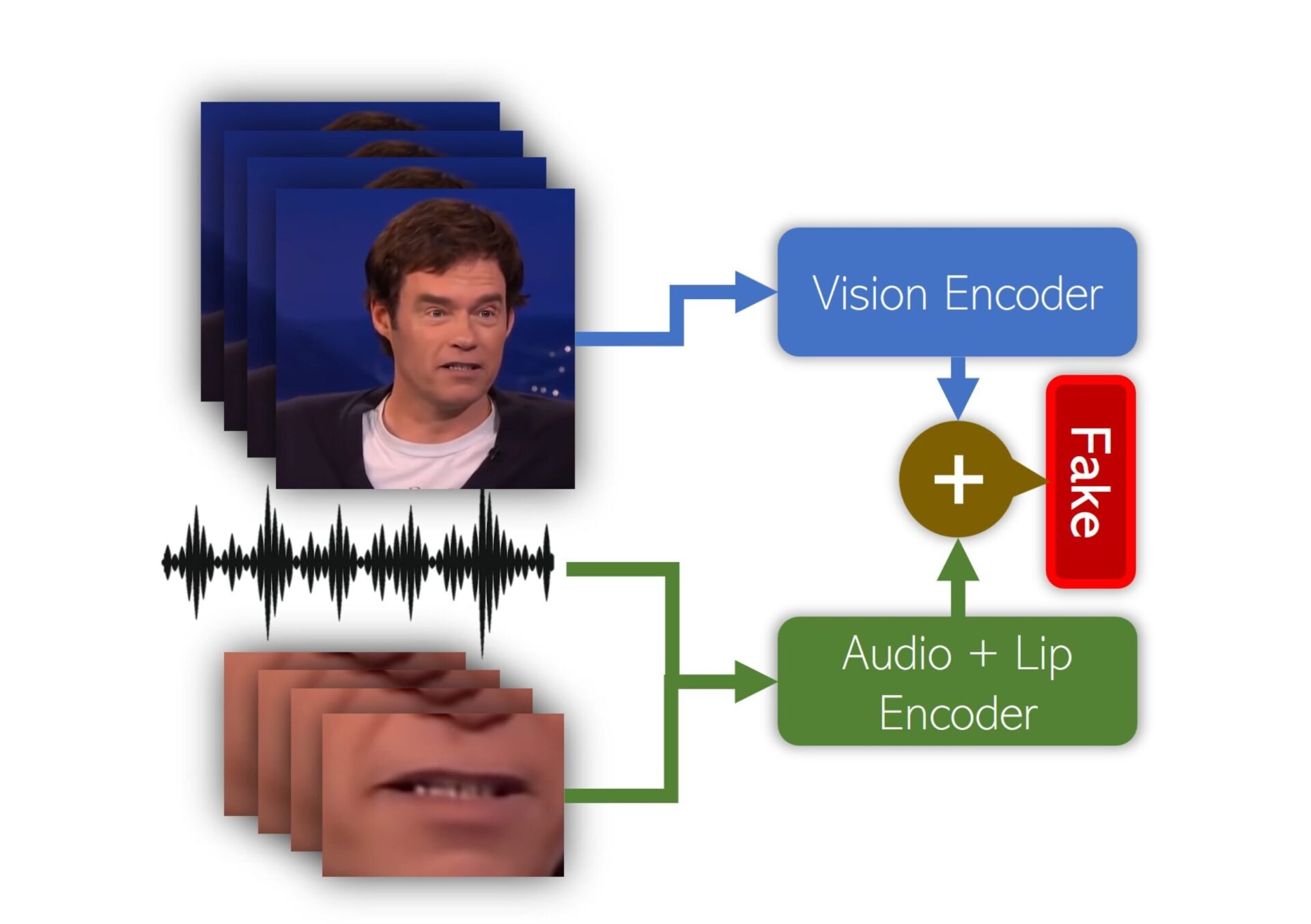
5. Questionable Metadata and Sources
If possible, check the metadata of the video. It provides details about when and where the video was made. If the metadata seems off or the video comes from an unreliable source, be cautious. Trustworthy videos typically have clear information about their origins.
| 💡 Tips: You can use advanced apps such as (Deepware Scanner, Sensity AI, and Amber Video) to detect deepfake. However, they may have drawbacks such as false positives, accessibility issues, and high resource requirements, so it’s important to remain cautious when evaluating videos. |
Ethical Concerns Surrounding Deepfake Technology
“We’re entering an era in which our enemies can make anyone say anything at any point in time.” This powerful opening message comes from a video created by BuzzFeed and filmmaker Jordan Peele, featuring a realistic deepfake of former President Barack Obama.
While some may see it as a fun and creative joke, the video highlights the serious potential of deepfake technology to spread misinformation.
1. Privacy Concerns and Consent in Deepfake Creation
Deepfake technology raises serious privacy concerns, especially when individuals’ likenesses are used without their consent.

A notable example occurred when a fan of Taylor Swift was deepfaked to appear in a video supporting Donald Trump. This incident triggered a strong backlash, especially from Taylor Swift’s fan community, and highlighted the risks of using someone’s likeness without their consent for harmful purposes.
2. Ethical Considerations and Consumer Trust
When people can’t tell what’s real and what’s been manipulated, finding out they’ve been tricked by a deepfake can really hit hard. It can make them lose faith in media and advertising altogether, and nobody likes feeling fooled—especially when it comes to brands they thought they could trust.
The rise of deepfake technology brings some serious ethical challenges that can shake consumer trust. That’s why it’s super important for companies to uphold strong ethical standards in this age of deepfake, where reality and fiction can get pretty blurry.
3. Impact on Vulnerable Populations
According to a Deeptrace report, about 96% of deepfake online are pornographic, often impacting women in non-consensual situations. Vulnerable populations face increased risks as deepfake technology can create defamatory content and spread false information.
Businesses that adopt sustainable marketing strategies can help protect vulnerable groups by promoting awareness and advocating for the responsible use of technology. It’s alo essential for policymakers and society to implement protective measures to uphold the rights and dignity of those at risk.
Final Thoughts
After learning “what is deepfake technology?” and “is it considered illegal?”, think of it as wielding a double-edged sword: we can harness its power for creativity, but we must be careful not to cut ourselves with its risks.
As this technology evolves, it’s like walking a tightrope, balancing the thrill of innovation against the potential for deception. It’s vital to ignite conversations about responsible use and to uphold strong ethical standards as we navigate this powerful tool.
FAQs
Q1. What are the main technologies behind deepfake creation?
The main technologies behind deepfake creation include artificial intelligence and machine learning techniques, particularly generative adversarial networks (GANs). These systems enable computers to learn from large datasets and generate realistic images, videos, or audio that mimic real individuals.
Q2. Are there any tools available for detecting deepfake?
Yes, there are several tools available for detecting deepfake, such as Deepware Scanner, Sensity AI, and Amber Video. These applications analyze videos for signs of manipulation, helping users identify potentially misleading content.
Q3. How can I protect myself from deepfake misinformation?
Always verify the source of the video before believing or sharing it. Look for signs mentioned earlier, and consider using detection tools. Staying informed about the technology will also help you recognize potential misinformation.


